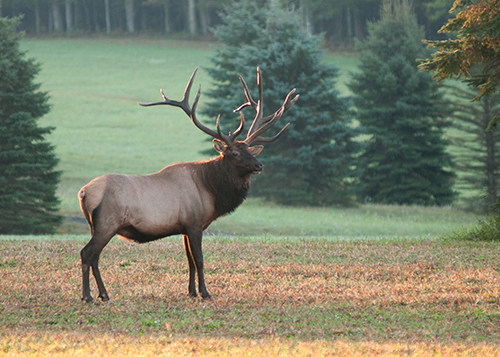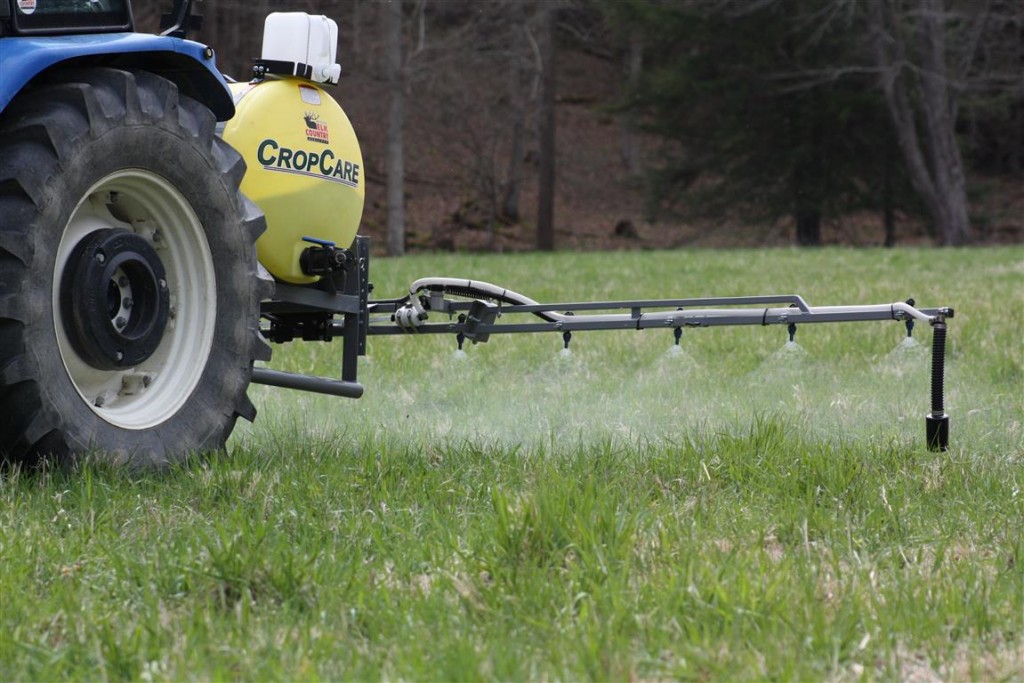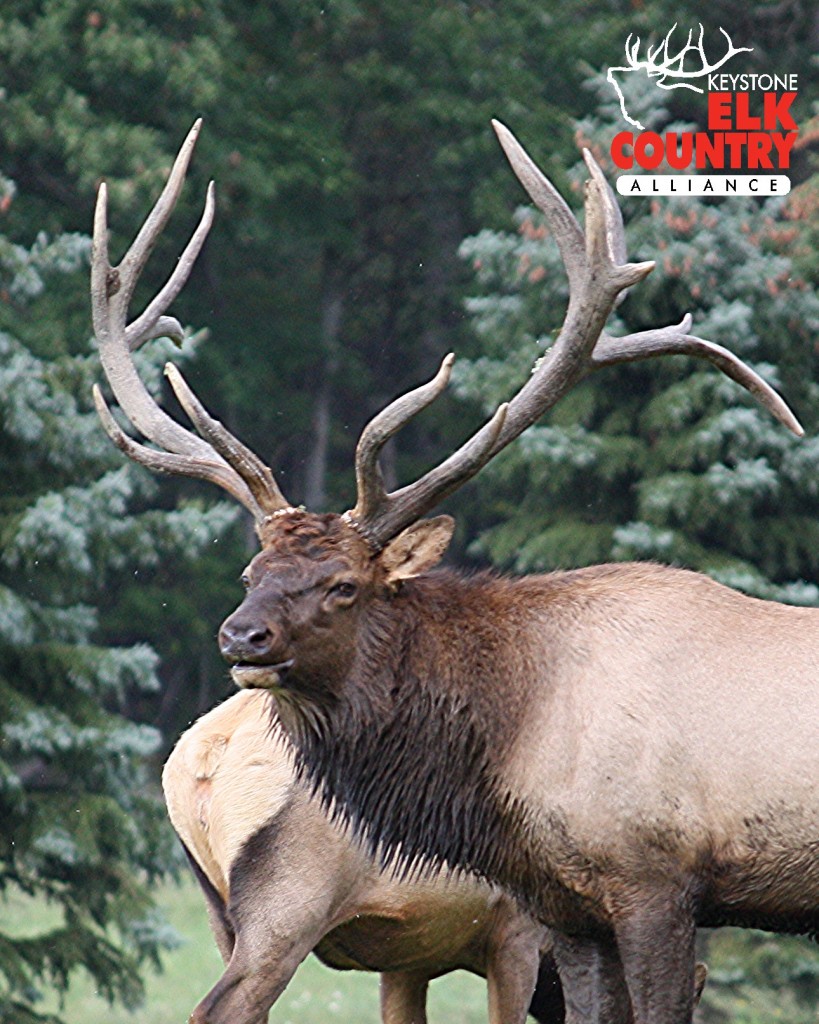
There, you can see majestic elk, some weighing as much as 700 pounds, roam freely on the gorgeous hillsides inside the conservation area. Annually, more than 300,000 people visit Elk Country Visitor Center, and they come year-round.
Several areas have been designated for optimal viewing, and the center offers educational stations and interactive displays for children and adults alike.
The Keystone Elk Country Alliance is a nonprofit, wildlife conservation organization that manages the Elk Country Visitor Center and Elk Mountain Homestead. Once-depleted herds of elk are now thriving, thanks to the efforts of the alliance, which is dedicated to restoring the health of the herd and its habitat.
That entails maintaining 75 acres of field/food plots at the Elk Country Visitor Center, as well as 30 acres of habitat enhancement projects on private land.

“When I came on board in April, I noticed that they did not have a sprayer in their equipment lineup,” Olson said. “This is the first thing that I knew was a must.”
The alliance now owns a CropCare 110-gallon, 3PT sprayer.
“Without this piece of equipment, the food plots would be out-competed with grasses and weeds in no time,” Olson said.

“Cost of seed, fertilizer, lime, and soil preparation time is a big investment. A sprayer allows all of this to be done correctly,” Olson added.
“Without this piece of equipment, the food plots would be out-competed with grasses and weeds in no time.”
“When establishing a new plot, we use the sprayer to kill off the existing non-desirable grass and/or weeds. Then in established food plots, we use it to control weeds and undesirable grasses. We also have used the sprayer to apply liquid fertilizer, specifically on our alfalfa stand that the elk graze very heavily.
That increased habitat maintenance effort has resulted in a noticeable increase in the number of elk visiting the property during the breeding season.
“One evening, there were 26 bulls that were sighted,” Olson said.
During the rut, especially, wildlife photographers travel to the Elk Country Visitor Center to capture images of the many bulls that roam the maintained habitat.
“The sprayer is an essential tool that we have added to our wildlife habitat management tool box,” Olson said.

